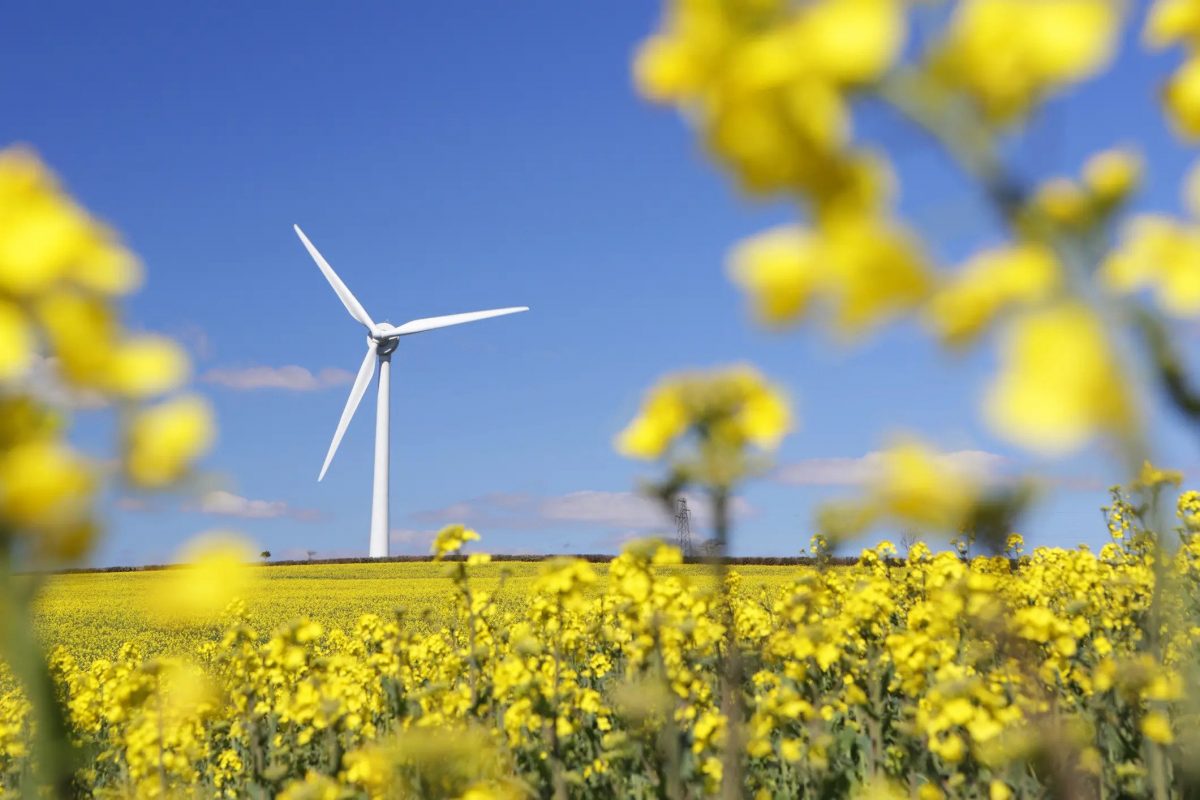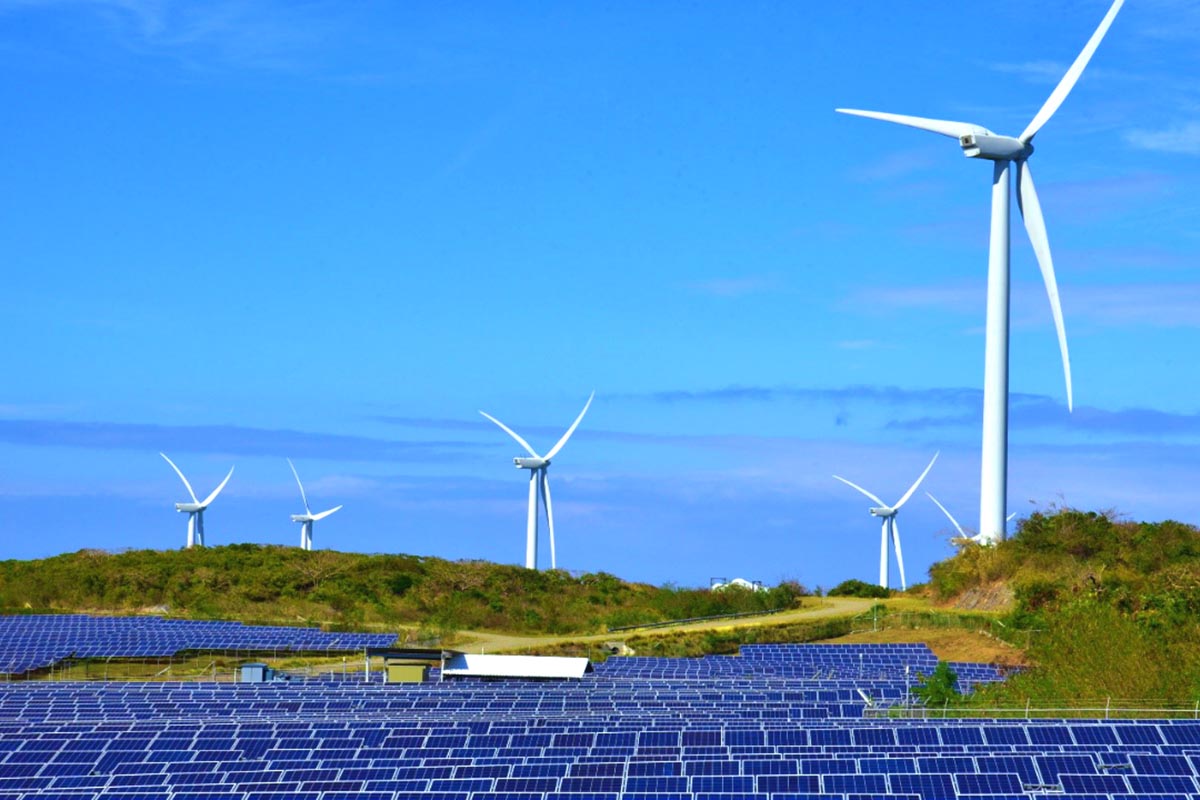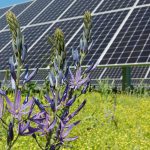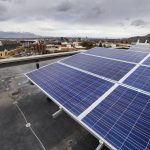The Renewable Energy Assessment will evaluate data and create a mapping instrument on Oregon’s transmission development and renewable energy.
This project will gather information and data through evaluations while using a mapping instrument to understand more about the limitations and opportunities related to transmission development and renewable energy in Oregon.
Purpose of the Project

Renewable energy development will continue in Oregon for the upcoming decades, specifically wind energy, solar energy, and transmission development. Developing these resources will involve considering issues linked to land use, natural resources, noise problems, environmental effects, and archeological and cultural artifacts at a local, state, and federal level.
Moreover, transmission projects and renewable energy impacts areas for military training in Oregon and may pose potential effects in the future related to military uses in preparation for threats. Possible consequences may include radar obtrusion due to wind facilities, flight interference due to tall structures (e.g., wind turbines), reflection from PV (photovoltaic) panels near airfields, and electromagnetic intrusion due to transmission lines.
At the same time, there are regions in the state with facility potential and considerable energy renewable resources. The renewable project development offers benefits to local governments as a result of economic growth and increased tax.
The Renewable Energy Assessment project will gather information about future and current transmission progress and renewal energy areas. Moreover, it will create a deeper understanding of the restrictions and opportunities of specific locations. As a result, Oregon can use the information to support economic development and renewable energy expansion continually.



